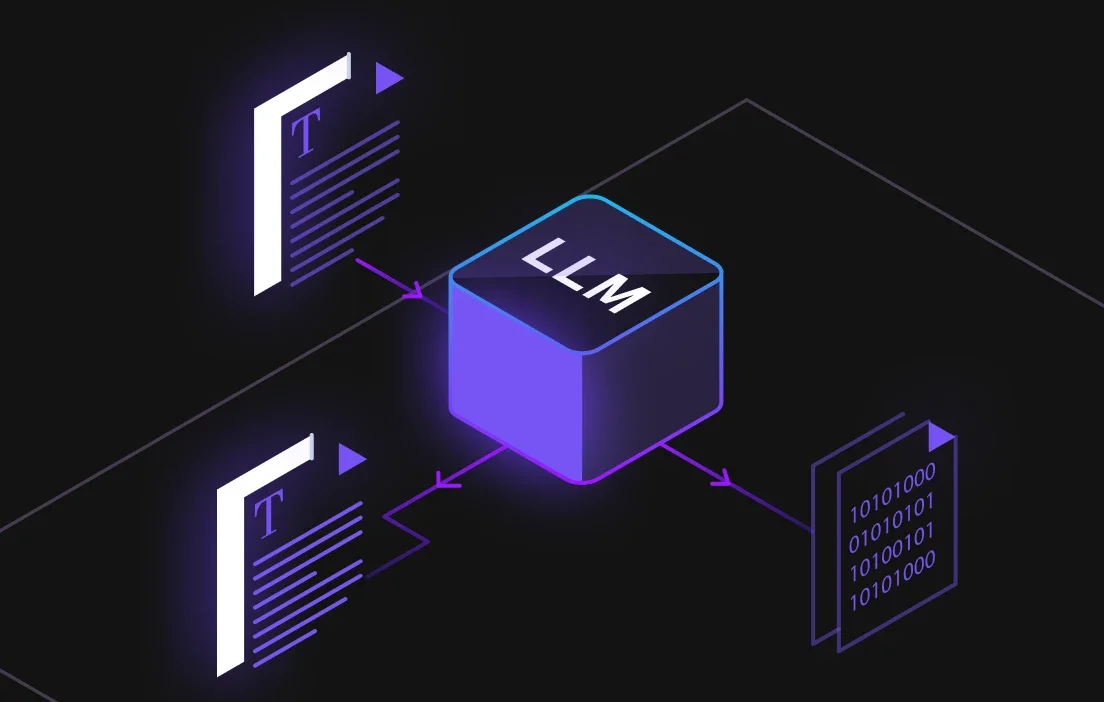In the realm of artificial intelligence (AI), Large Language Models (LLMs) have revolutionized the way we interact with technology. These powerful tools can generate human-like text, answer complex questions, and even create entire articles.
However, as with any AI technology, there are limitations to LLMs. One of the major challenges is the static nature of their training data, which can lead to outdated or incorrect information being presented as fact.
The Problem with LLMs
LLMs are like over-enthusiastic new employees who refuse to stay informed about current events. They're confident in their answers but often provide inaccurate or out-of-date information.
This can negatively impact user trust and is not something you want your chatbots to emulate. The unpredictability of LLM responses is another major concern, as it makes it challenging to control the output and ensure that it meets the required standards.
Introducing Retrieval-Augmented Generation (RAG)
Retrieval-Augmented Generation (RAG) is a game-changing technology that addresses the limitations of LLMs. It's a cost-effective approach to optimizing LLM output, making it more relevant, accurate, and useful in various contexts.
RAG redirects the LLM to retrieve relevant information from authoritative, pre-determined knowledge sources. This ensures that the output is grounded in real, external enterprise knowledge that can be readily surfaced, traced, and referenced.
How RAG Works
The RAG process involves several key steps:
1. Create External Data: This involves creating a knowledge library that the generative AI models can understand. This can be done by converting data into numerical representations and storing it in a vector database.
2. Retrieve Relevant Information: The user query is converted to a vector representation and matched with the vector databases. Relevant documents are then retrieved and returned to the LLM.
3. Augment the LLM Prompt: The RAG model augments the user input (or prompts) by adding the relevant retrieved data in context. This allows the large language models to generate an accurate answer to user queries.
4. Update External Data: The external data is periodically updated to ensure that it remains current and relevant.
Benefits of RAG
RAG offers several benefits to organizations, including:
1. Cost-Effective Implementation: RAG is a more cost-effective approach to introducing new data to the LLM, making generative AI technology more broadly accessible and usable.
2. Current Information: RAG allows developers to provide the latest research, statistics, or news to the generative models, ensuring that the output is current and relevant.
3. Enhanced User Trust: RAG allows the LLM to present accurate information with source attribution, increasing trust and confidence in the generative AI security solution.
4. More Developer Control: With RAG, developers can test and improve their chat applications more efficiently, control and change the LLM's information sources, and ensure that the LLM generates appropriate responses.
Semantic Search and RAG
Semantic search enhances RAG results for organizations wanting to add vast external knowledge sources to their LLM applications. Modern enterprises store vast amounts of information across various systems, making context retrieval challenging at scale.
Semantic search technologies can scan large databases of disparate information and retrieve data more accurately, providing more context to the LLM.
Best Practices for Implementing RAG
1. Create a Knowledge Library: Develop a comprehensive knowledge library that the generative AI models can understand.
2. Use Semantic Search: Use semantic search technologies to enhance RAG results and retrieve data more accurately.
3. Update External Data: Periodically update the external data to ensure that it remains current and relevant.
4. Monitor and Evaluate: Continuously monitor and evaluate the performance of the RAG system to ensure that it meets the required standards.
By following these best practices and implementing RAG, organizations can ensure that their generative AI technology is accurate, reliable, and trustworthy, providing users with the confidence they need to make informed decisions.
Conclusion
Retrieval-Augmented Generation (RAG) is a cost-effective approach to enhancing Large Language Model (LLM) output. By redirecting the LLM to retrieve relevant information from authoritative knowledge sources, RAG ensures that the output is grounded in real, external enterprise knowledge.
With its numerous benefits, including cost-effective implementation, current information, enhanced user trust, and more developer control, RAG is an ideal solution for organizations looking to integrate generative AI technology into their workflows.









